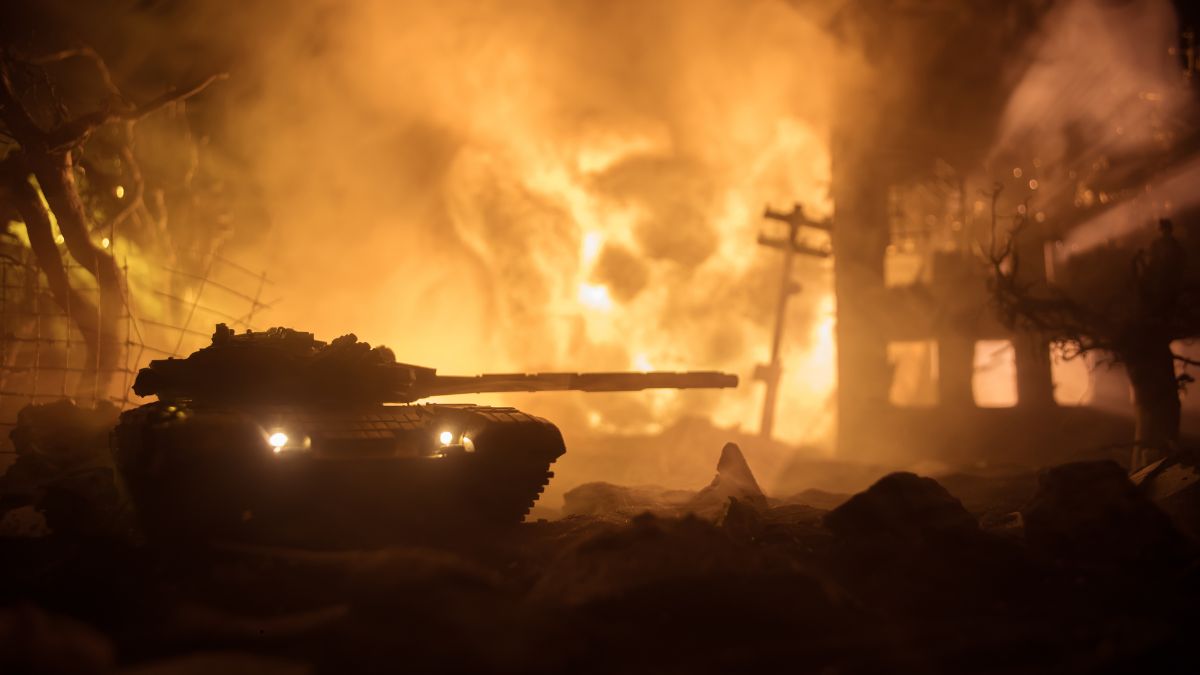As the Ministry of Home Affairs (MHA) directs a nationwide mock drill on May 7, 2025, in the wake of escalating tensions with Pakistan following the Pahalgam terror attack, discussions around war-time readiness—particularly “blackouts”—have resurfaced. These drills, involving air-raid sirens, crash blackouts, and civil defence training, aim to prepare civilians for emergency scenarios. But what exactly are blackouts, and when has India implemented them before?
What is a blackout and why is it used during war?
A blackout is a strategic wartime measure where electricity is cut off in specific regions—especially border towns, metro cities, and critical infrastructure zones—to reduce visibility from enemy aircraft. During blackouts, citizens are instructed to turn off all lights, including those from inverters and generators, and cover windows to prevent light from escaping. The aim is to make structures difficult to target during air raids and thus protect civilian and military assets.
Blackouts are not limited to cutting power; they involve coordination between civil defence teams, local law enforcement, and the public. Areas close to military installations, dams, refineries, and communication centers are prioritized for blackout enforcement.
History of blackouts in India
Though India was not a warfront in World War II, blackout protocols were introduced when Dalhousie was bombed in 1942, triggering measures in Calcutta (now Kolkata). Buildings were painted black, and full-night blackouts were enforced as a precaution against Japanese air raids through Burma (present-day Myanmar).
India’s first major war-time blackouts occurred during the Indo-Pak wars:
-
1965 War: Cities in Jammu & Kashmir, Punjab, Rajasthan, and even Delhi experienced regular blackouts. Aerial attacks necessitated cutting off lights across urban centers.
-
1971 War: With conflict also on the eastern front, cities in West Bengal and Assam joined the blackout drill. Towns like Kolkata, Guwahati, and Siliguri went dark during peak war days.
Interestingly, during the Kargil War in 1999, no major blackouts were enforced as the conflict was contained to mountainous terrain with minimal civilian population nearby.
Impact of blackout drills on civilians
Blackouts, while crucial for security, deeply impact daily life:
-
Restricted movement: Streets become unsafe post-sundown, limiting transportation and routine outdoor activities.
-
Stress and fear: Lack of light can cause panic, especially among the elderly and children.
-
Halted social life: Community events and gatherings get disrupted.
-
Road hazards: With streetlights off, road safety becomes a concern, especially in high-traffic areas.
Why the May 7 mock drill matters
This week’s mock drill, involving 259 districts, aims to revive civil defence awareness among the public—a mechanism that had not been activated at this scale since the 1971 war. The Pahalgam attack, which killed 26 civilians, has refocused the country’s attention on security preparedness.
As the Home Ministry presses for coordination between police, disaster management authorities, schools, and residents, these drills serve as a timely reminder of how civil defence can save lives in real emergencies.
Disclaimer: The information presented here is based on publicly available government directives and historical records. It is meant purely for public awareness and should not be interpreted as a sign of an active war scenario or emergency announcement.


